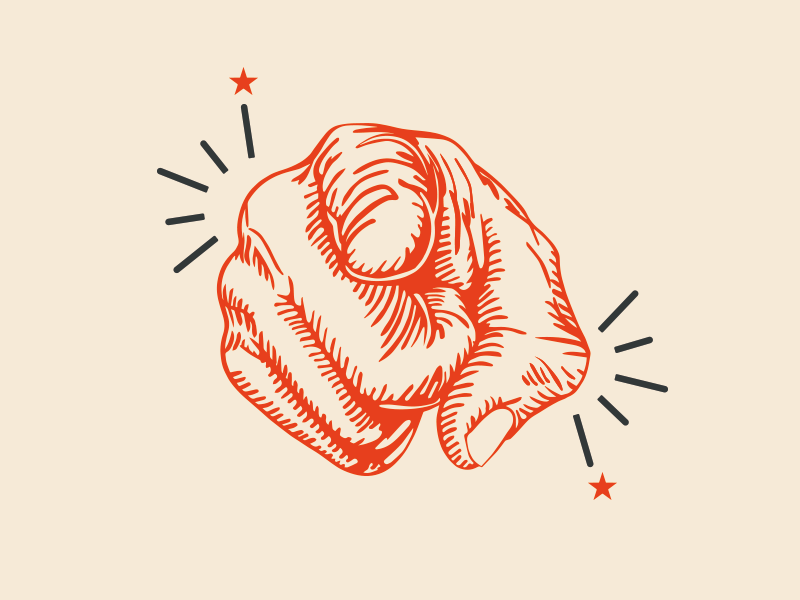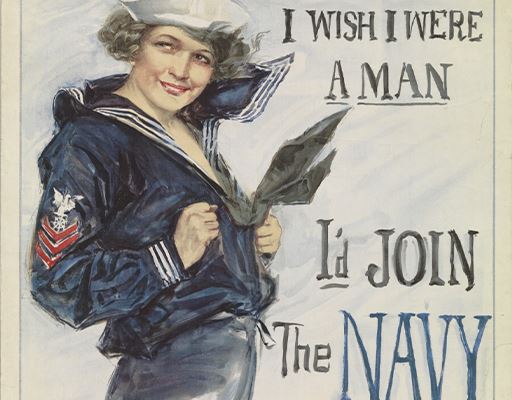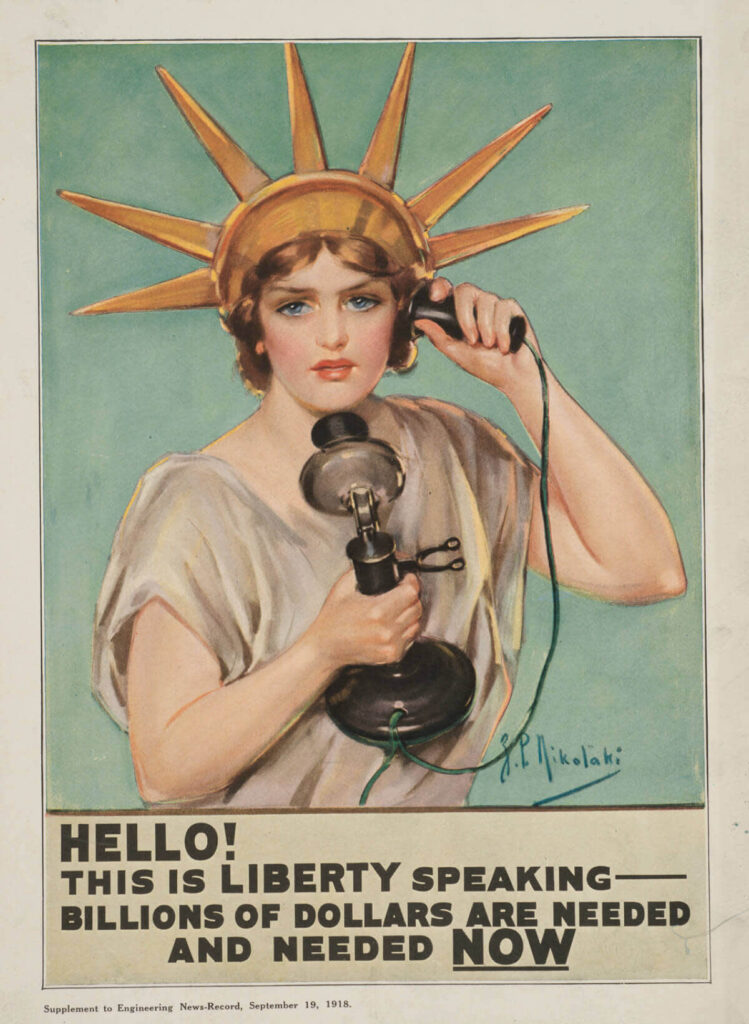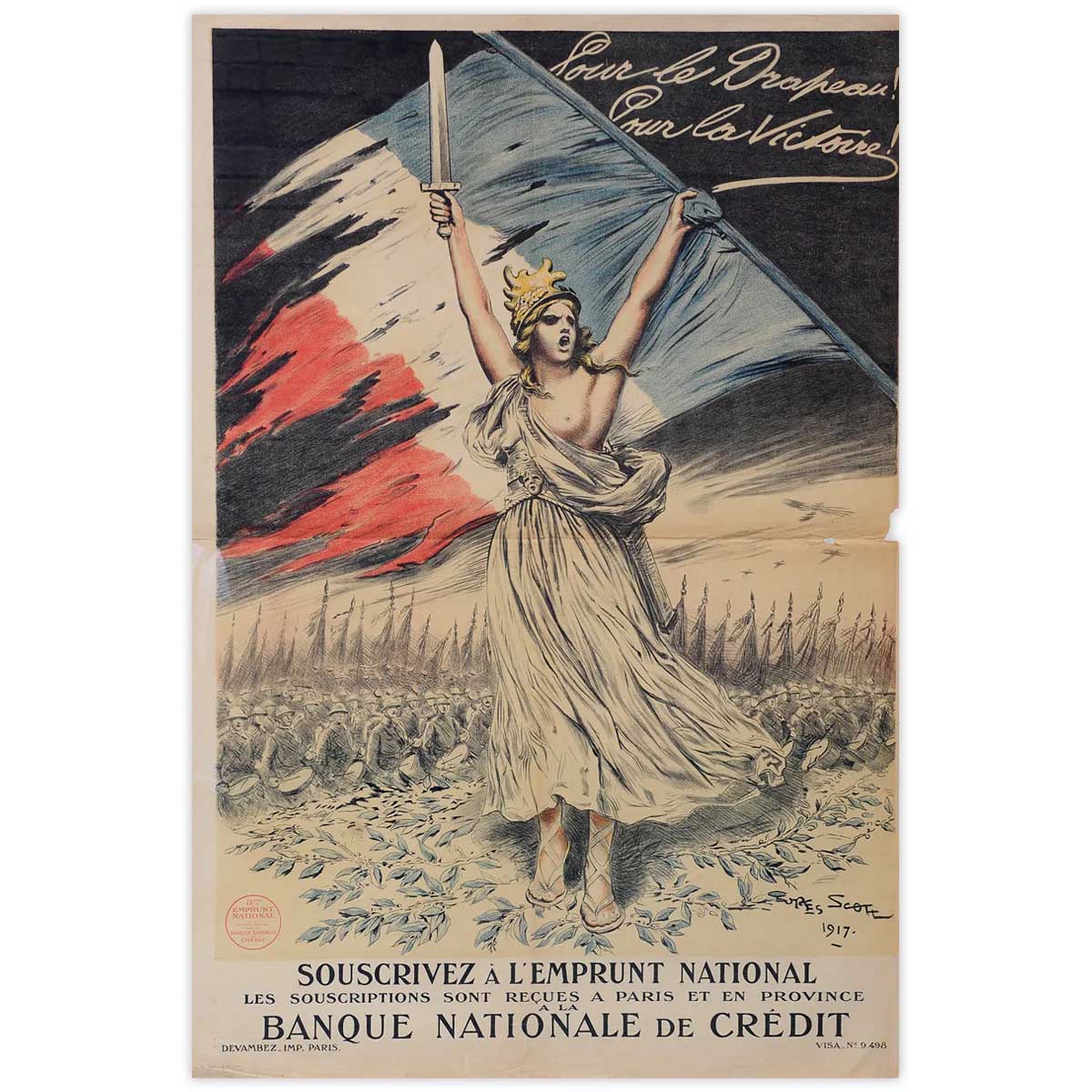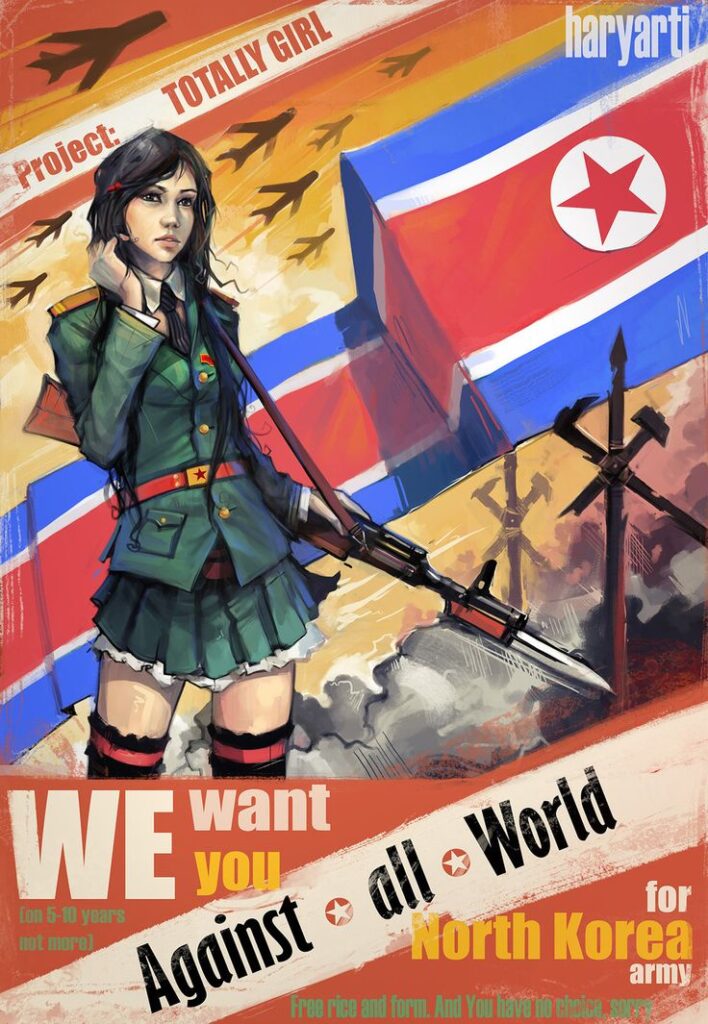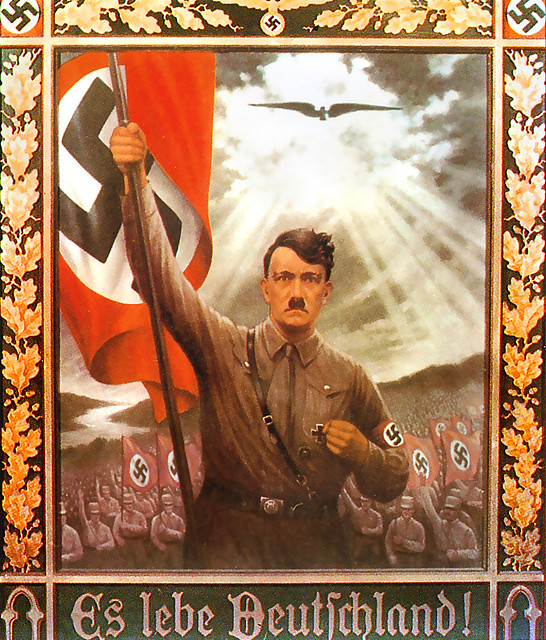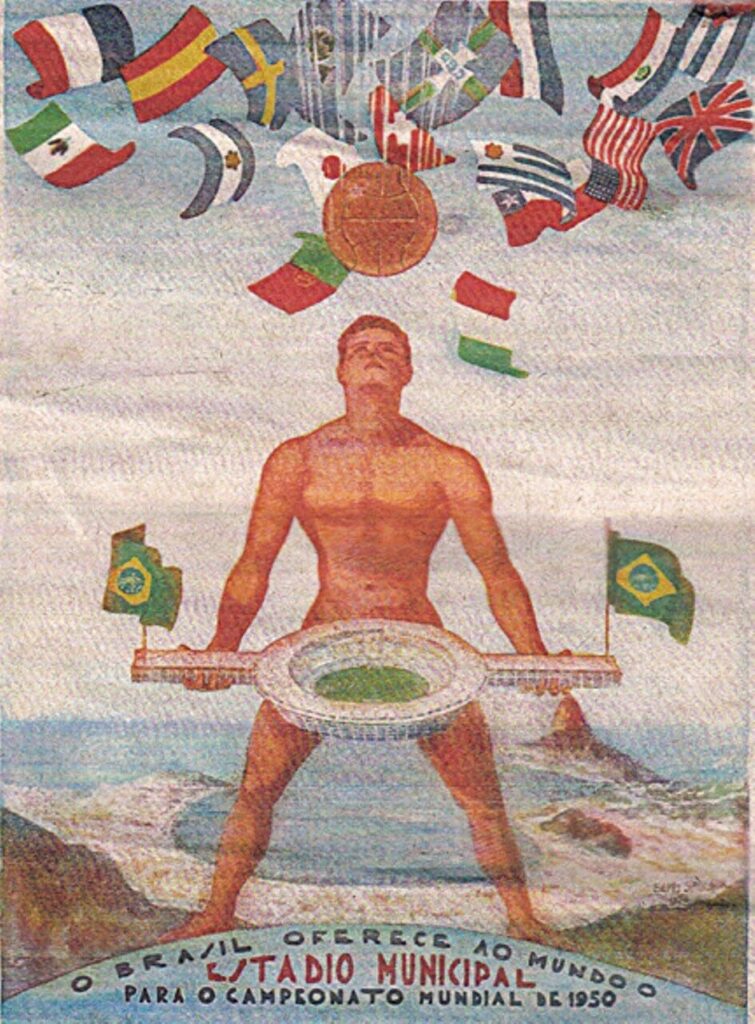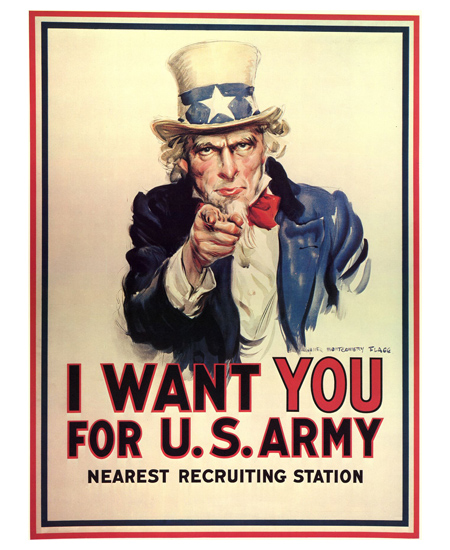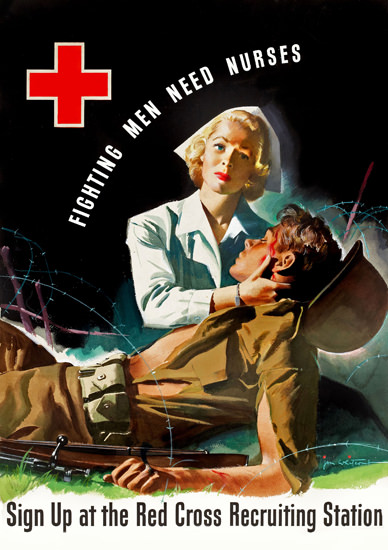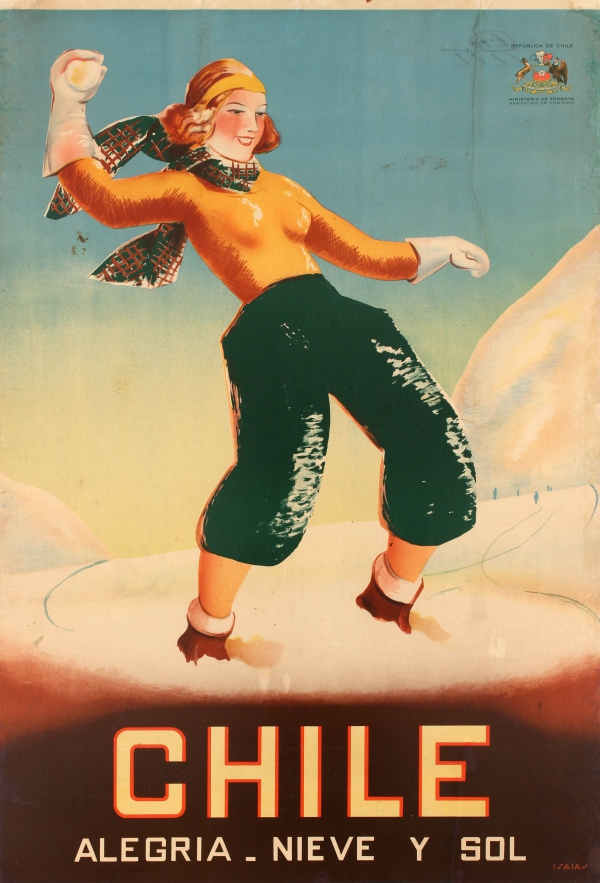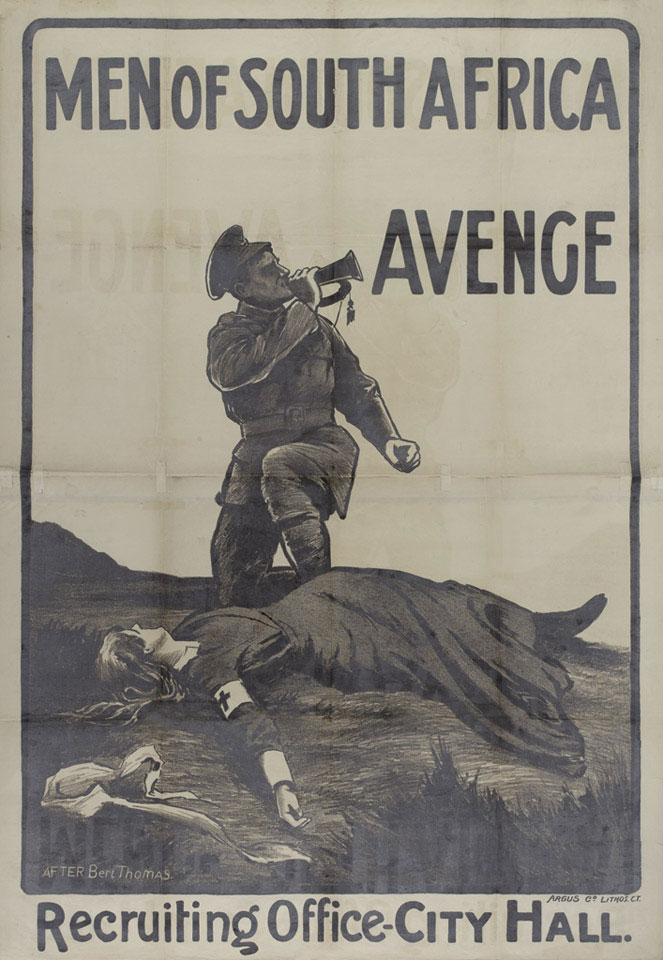In the annals of history, the interplay between dictatorial regimes and the realm of art unfolds as a riveting saga, replete with intrigue, manipulation, and resistance.
Art, in its diverse forms, has perennially served as both a conduit for authoritarian control and a bastion of defiance against oppression.
This nuanced relationship between dictators and art transcends mere aesthetic appreciation; it delves into the very heart of power, ideology, and human expression.
The Dictator’s Canvas: Art as Propaganda
Dictators, throughout the ages, have astutely recognized the formidable potential of art as a tool for propaganda and social control.
From the imposing monuments of ancient empires to the meticulously crafted propaganda of modern totalitarian regimes, art has been harnessed to project power, shape narratives, and enforce ideological conformity.
Censorship and Control
Under authoritarian rule, censorship becomes a ubiquitous force, stifling dissent and ensuring that artistic expression remains firmly within the bounds of state-sanctioned ideology.
In the Soviet Union, the doctrine of Socialist Realism imposed strict guidelines on artistic production, mandating the glorification of communist ideals and the denigration of bourgeois values. Artists who dared to deviate from these prescribed themes risked persecution, exile, or even death.
One such example is the fate of Soviet artist Dmitri Shostakovich, whose music veered dangerously close to dissent, leading to periods of censure and suppression by the Soviet authorities.
Image: Georges Scott’s depiction of Marianne, the embodiment of France, exudes resilience and determination.
She stands proudly, holding her sword aloft in one hand and the tricolor flag in the other, despite the ravages of war evident in her torn attire.
With her breast bared and a golden helm adorning her head, she transforms into a fierce Amazonian warrior. Her defiant spirit echoes in a resounding battle cry that pierces through the darkness of the sky above.
Iconography of Power
The cult of personality surrounding dictators often finds its most potent expression in the iconography of power.
Portraits, statues, and symbols of the leader proliferate throughout society, serving to deify the dictator and reinforce their authority.
Perhaps nowhere is this more evident than in the case of North Korea, where the omnipresent images of Kim Il-sung and Kim Jong-il adorn public spaces, homes, and even personal belongings. These ubiquitous symbols of the regime serve as a constant reminder of the leader’s omnipotence and the consequences of dissent.
image: Totally girl: North Korea by haryarti on DeviantArt
Historical Revisionism
Art becomes a weapon for rewriting history, shaping narratives to fit the regime’s preferred version of reality.
In Nazi Germany, the regime embarked on a campaign of cultural purging, seeking to eradicate any artistic expression deemed degenerate or subversive.
Modernist artists such as Otto Dix and Max Beckmann found themselves branded as enemies of the state, their works confiscated or destroyed.
Meanwhile, state-sanctioned art glorified the mythic Aryan ideal, perpetuating a sanitized vision of Germany’s past and present.
image: https://www.flickr.com/photos/x-ray_delta_one/5035419742
Resistance and Resilience: Artistic Dissent
Despite the suffocating grip of authoritarian regimes, artists have often found ways to subvert censorship and express dissent through their work.
In the face of oppression, art becomes a potent tool for resistance, resilience, and the assertion of individual autonomy.
Subversive Symbolism
Artists deploy allegory, metaphor, and symbolism to convey dissenting messages beneath the veneer of state-approved imagery.
In the Soviet Union, the tradition of “doublethink” allowed artists to create works with dual meanings, ostensibly conforming to Socialist Realism while subtly critiquing the regime.
One such example is the poetry of Anna Akhmatova, whose seemingly innocuous verses masked powerful indictments of Stalinist repression and terror.
Underground Movements
In the shadowy recesses of authoritarian states, underground artistic movements thrive, providing a sanctuary for dissenting voices to flourish.
During the military dictatorship in Brazil, the Tropicália movement emerged as a vibrant fusion of music, visual art, and political protest.
Artists such as Caetano Veloso and Gilberto Gil defied censorship and repression, blending traditional Brazilian rhythms with avant-garde experimentation to challenge the status quo and envision a more inclusive, democratic society.
International Solidarity
Artistic dissent transcends national borders, finding solidarity and support from the global community.
In China, the dissident artist Ai Weiwei gained international renown for his provocative installations and outspoken criticism of the Chinese Communist Party.
Despite facing harassment, surveillance, and imprisonment, Ai Weiwei continues to harness the power of art to expose human rights abuses and advocate for political reform on the world stage.
The Legacy of Dictatorship: Art in Post-Authoritarian Societies
Even after the collapse of dictatorial regimes, the legacy of artistic repression lingers, shaping the cultural landscape of post-authoritarian societies in profound ways.
Yet, amidst the scars of oppression, art also serves as a catalyst for healing, reconciliation, and the affirmation of collective memory.
Reclaiming Public Space
In the aftermath of dictatorship, artists reclaim public spaces once monopolized by propaganda, transforming them into sites of remembrance, reflection, and resistance.
In Chile, the muralist collective Brigada Ramona Parra emerged as a powerful voice for social justice and political change during the Pinochet dictatorship.
Their vibrant murals depicted scenes of struggle, solidarity, and resilience, reclaiming the streets as a canvas for collective expression and reclaiming the narrative of Chilean history.
Truth and Reconciliation
Art becomes a conduit for truth-telling and reconciliation, allowing survivors of oppression to bear witness to their experiences and demand justice.
In South Africa, the Truth and Reconciliation Commission sought to heal the wounds of apartheid through public testimony and dialogue.
Artists such as William Kentridge and Zanele Muholi have engaged with the commission’s work, using their art to confront the legacies of apartheid and envision a more equitable future for all South Africans.
Cultural Renaissance
Despite the profound trauma inflicted by dictatorship, post-authoritarian societies often experience a cultural renaissance fueled by newfound freedoms of expression.
In Myanmar, the transition from military rule to civilian government has unleashed a wave of artistic creativity and experimentation.
Writers, filmmakers, and visual artists are exploring themes of identity, memory, and political change, enriching the cultural tapestry of Myanmar and reclaiming their artistic heritage from the shadows of repression.
The Triumph of Creativity over Oppression
In the complex dance between dictators and art, one thing remains abundantly clear: creativity is inherently resistant to tyranny.
Despite the best efforts of authoritarian regimes to stifle dissent and control artistic expression, the human spirit persists, finding new avenues of resistance, resilience, and redemption through the transformative power of art.
As we bear witness to the enduring legacy of dictatorship, let us also celebrate the indomitable spirit of artists who, against all odds, continue to illuminate the darkness with the radiant light of creativity.
Need Help With Your Book Cover or Literary Packaging?
Looking to bring your ideas to life with captivating storytelling and imaginative flair?
Whether you need compelling copywriting, engaging written, visual or video content creation, or literary packaging that stands out, I’m here to help.
Let’s collaborate to turn your vision into reality. Reach out today to discuss your project and let’s embark on a journey of creativity together!

